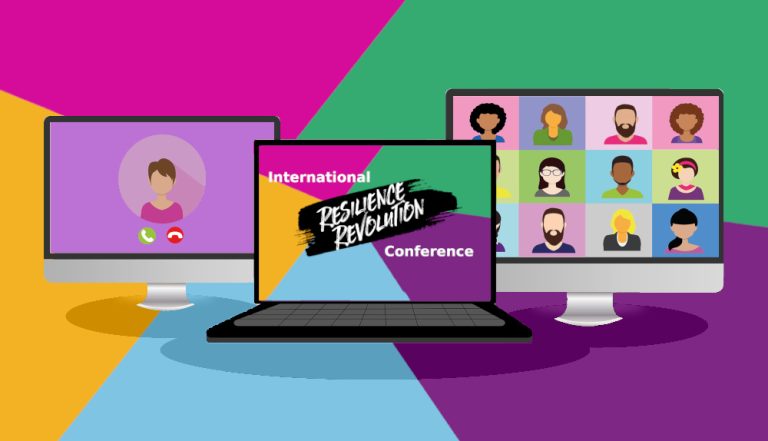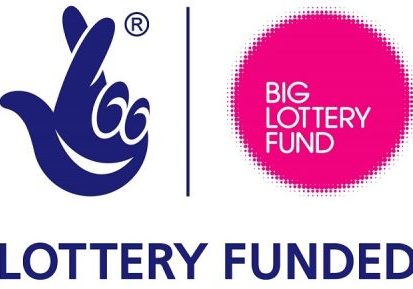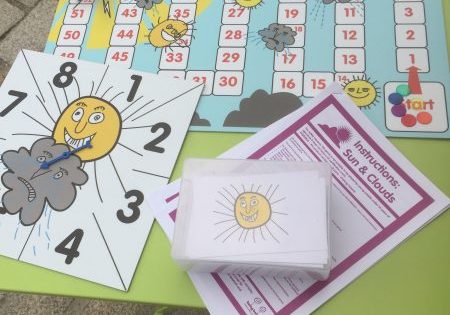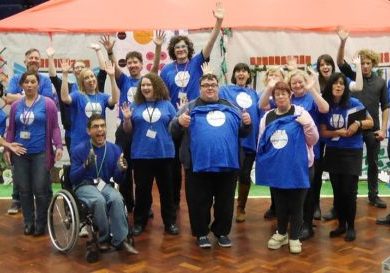In this blog, the Digital Conference Group made up of practitioners, parents/carers and academics talk about the progress and challenges with developing our online offering for our International Resilience Revolution Conference 2022.
Co-producing a digital conference: first steps and initial learning from our Digital Group

Related Resources

The Big Lottery Fund HeadStart Programme
The Big Lottery-funded HeadStart programme gave local authorities money to support young people to cope with difficult circumstances. Boingboing receives funding to support HeadStart Blackpool to implement their resilience programme to support the children and young people of Blackpool.

Boingboing and HeadStart in Blackpool blog
Boingboing Blackpool is a really exciting new development funded by the Big Lottery HeadStart programme. The Big Lottery wanted to equip young people to cope better with difficult circumstances, preventing them from experiencing common mental health problems.

Co-production in promoting resilience – what does this mean for schools?
Co-production is a value-based approach that views people who use a service as assets with important knowledge and skills. It harnesses this experience, knowledge and skill to promote positive change, and design, produce and deliver better services.